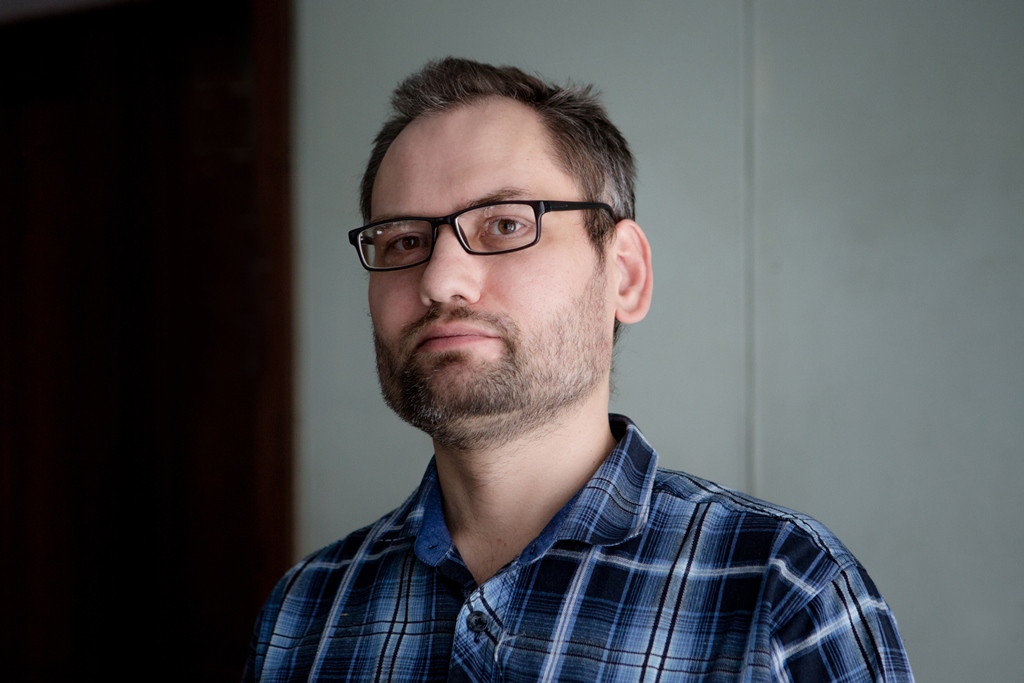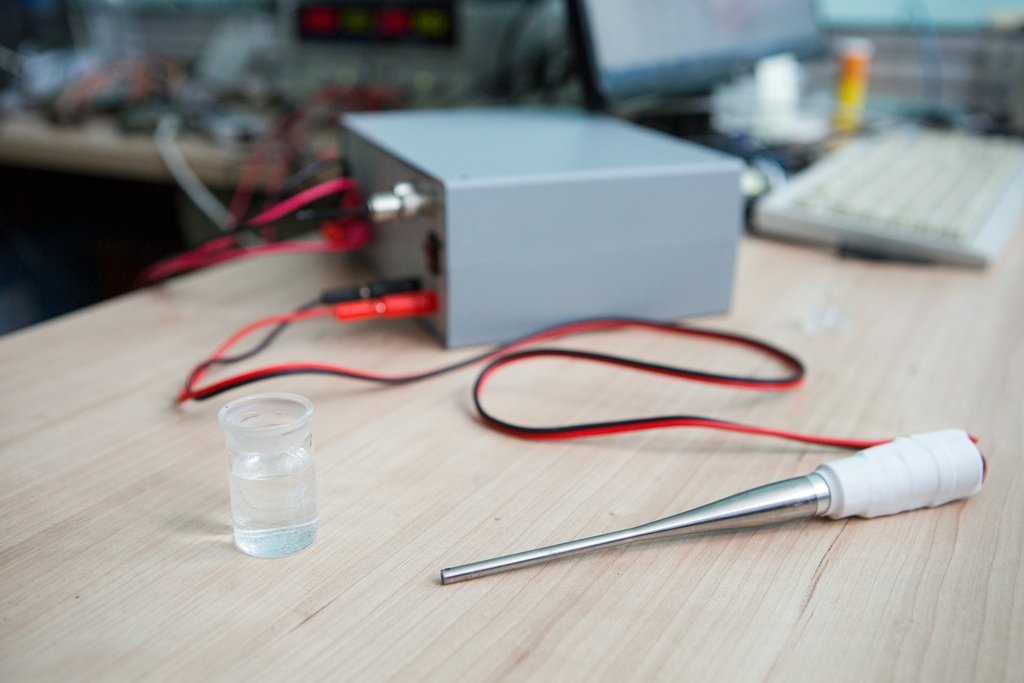TSU radiophysicists have developed a working model of an ultrasound surgical instrument for coagulation of tissues. The next step will be the creation of a prototype, which will be ready by 2020 and launched on the market of Russia and neighboring countries.
Today in Russia there is no domestic production of ultrasonic surgical complexes, while international devices are imperfect in terms of efficiency: they consume a lot of energy and overheat in the hands of the surgeon. Therefore there was a need for low-cost domestic developments.
A surgical instrument for coagulation based on an ultrasonic waveguide is an artificial guide channel with sound-reflecting walls in which a wave propagates.
- A voltage is applied to the piezoelectric element connected to the waveguide; it excites oscillations, and the instrument enters into resonance, which we have specially calculated based on our mathematical models. Due to this, the compounds experience a minimum load, do not overheat, and the tool can serve longer, - explained TSU Professor Dmitry Sukhanov, the project manager. - During operation of the waveguide, the amplitude of oscillations increases, so that the tool can affect materials and cause different effects, in this case, tissue coagulation or cavitation in water.

Radiophysicists will develop a range of surgical instruments: in addition to a coagulation instrument, they will create a knife, a saw, and a pair of scissors. Ultrasonic vibrations from 10 to 100 kHz and an amplitude of 5–50 µm will reduce friction between the tissues and the blade, thanks to which the surgeon will spend less effort, and the operation will be faster and safer - blood loss will be reduced and healing will be faster. Using ultrasonic instruments, one can join the vessels, remove blood clots, remove eye cataracts, and perform other actions.

Now radiophysicists are working on different operating modes on a model, checking numerical models and conducting experiments.
- At this date everything coincides with our calculations, the work is on schedule. We will soon assemble a prototype, - said Dmitry Sukhanov.
Ultrasonic tools, in addition to medical uses, have technological applications: they can mix various substances (for example oil with water), cut rubber, and weld plastics.

